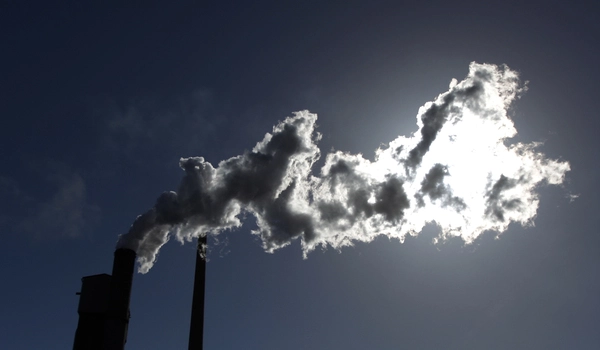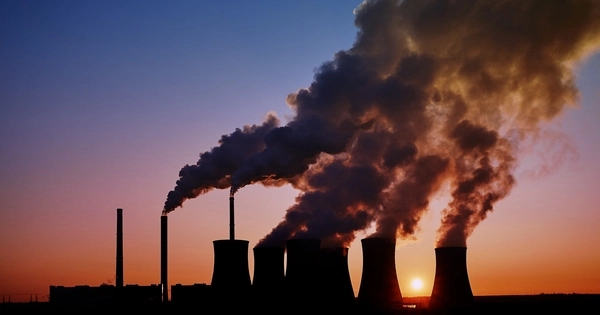Carbon dioxide removal (CDR) refers to a set of technologies that remove carbon dioxide (CO2) from the atmosphere, with the goal of reducing the concentration of CO2 and mitigating the negative impacts of climate change. CDR has gained increased attention in recent years as a potential tool for addressing climate change, and many experts believe that it should receive additional financial support.
There are several reasons why CDR may be necessary to address climate change. First, emissions from human activities, such as the burning of fossil fuels and deforestation, have significantly increased the concentration of CO2 in the atmosphere. This increase in CO2 has contributed to a rise in global temperatures, which has had a range of negative impacts, including more frequent heatwaves, droughts, and extreme weather events.
Second, despite efforts to reduce greenhouse gas emissions, it is likely that the concentration of CO2 in the atmosphere will continue to rise in the coming decades. This is because it takes time for the effects of reduced emissions to be reflected in atmospheric CO2 concentrations, and because many countries and industries are still reliant on fossil fuels. As a result, it is likely that additional measures, such as CDR, will be necessary to address the negative impacts of climate change.
Subsidies should be used to incentivize the removal of emitted greenhouse gases. An important reason why subsidies should be higher than the price put on carbon emissions to incentivize their reduction is revealed by new evidence from an economic analysis that takes into account international markets. Researchers examine policies for removing carbon dioxide from the atmosphere and storing it underground or in products in a first-of-its-kind study. The suggested different pricing is not the result of technological challenges, but of an economic effect known as leakage.
Our findings are especially important for policy design today and in the coming years, because we expect the international climate policy regime to remain fragmented.
Kai Lessmann
“We are looking at climate pioneers, or countries that are more ambitious than others in terms of reducing greenhouse gas emissions. We investigated how they should subsidize carbon dioxide removal in order to make it viable, thereby creating a supply of removal technologies and businesses “One of the study’s authors, Max Franks of the Potsdam Institute for Climate Impact Research, says. “This question is relevant, for example, for the G7’s newly formed Climate Club.” The world’s seven most powerful economies are working to advance climate change mitigation.
“To achieve the Paris climate targets, all available options are needed,” says Max Franks. “We must reduce and remove emissions. Carbon removal capacities are limited, they can compensate only a certain share of emissions. Accordingly, for policy makers like those of a Climate Club, the question remains what the best mix of all options and policies is – especially given the fact that other countries continue increasing fossil fuel use, and markets are interconnected.”

If climate pioneers buy less oil, the international oil price falls
If climate pioneers buy less oil, for example, then the international oil price falls. “Other countries will see a drop in oil prices and therefore might buy more oil,” warns Matthias Kalkuhl from the Mercator Research Institute on Global Commons and Climate Change, who co-authored the study. “Thus, if the more ambitious countries reduce carbon emissions by, say, 1000 tons of carbon unilaterally, it might lead other countries to increase their emissions by perhaps 150 tons. The original reduction of 1000 tons is then de facto only a reduction by 850 tons. Then, we can think of these 150 tons as leaking out through the international oil market.” Hence the economic term of leakage.
As a result, the overall emissions reduction is less than that of ambitious countries, which is obviously bad for our climate. It’s not the same with carbon dioxide removal. The removal of carbon from the atmosphere by ambitious countries has no effect on the supply and demand for fossil fuels. As a result, it has no effect on international fossil fuel prices. This is why it makes sense to subsidize carbon removal at a higher rate than the carbon price for emissions. The type of leakage caused by carbon pricing through fossil fuel markets does not occur with carbon dioxide removal.
From afforestation to big machines sucking CO2 out of the air
Evaluating economic policies for carbon removal is critical because it is thought to be important for meeting the Paris climate targets. Afforestation, for example, is a carbon removal technology because trees naturally take carbon out of the air and store it in their trunks. Another example is direct air capture, which involves large machines sucking greenhouse gases directly from the atmosphere and depositing them in underground reservoirs.
“Our findings are especially important for policy design today and in the coming years, because we expect the international climate policy regime to remain fragmented,” co-author Kai Lessmann says. “Of course, in the long run, we need all countries to work together to meet the Paris target of keeping the temperature increase relative to pre-industrial times well below 2°C.”















